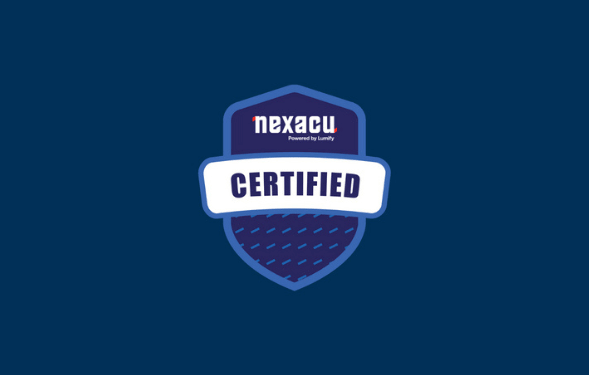Course Introduction
What is DAX
DAX Functions
DAX Contexts
What is Vertipaq
DAX efficiency
DAX references
DAX best practices
Recap of Contexts
Introduction to Contexts
Recap of DAX Contexts
The Row Context
The Filter Context
Measures and Calculated Columns
Dataset for exercises – Computer Store sales
Filter and Row Context in a measure
The CALCULATE function
Context Transition
Filter Expressions of CALCULATE
Rules of Evaluation
CALCULATE and FILTER
Contexts in Calculated Columns
Introduction to Columns
Row Context in Calculated Columns
Filter Context in Calculated Columns
Relationships in Row Contexts
The RELATED function
The RELATEDTABLE function
Using RELATEDTABLE in a column
CALCULATED in row contexts
Row to Filter Context
Transformation Whiteboard
Exercise on row to filter contexts
Duplicates in the transformation
The LOOKUPVALUE function
Row Contexts in Measures
Introduction to Row Contexts
Row Contexts in Measures
Simple iterator in a measure
Row Context and a related table
Some more calculations exercise
Re-using measures
Implicit CALCULATE in a measure
An alternative approach using variables
Functions and FILTER
Introduction to DAX functions
Time Intelligence functions
Date (Dimension) tables
Using in-built TOTALYTD
Date modifier functions
Using date modifier DATESBETWEEN
Using date modifier DATESYTD
The magic behind Date Table functions
The case for simplicity – MAX or LASTDATE
Understanding the FILTER function
Contexts in the FILTER function
The filter context in functions
Naked column references
Simple filter expression
Comparing a value in the filter context
Adding another filter condition
The value of VALUES
Table Functions
Introduction to Table functions
Summarising tables
Using SUMMARIZE alone
The problem with SUMMARIZE
Using ADDCOLUMNS and SUMMARIZE
Using SUMMARIZECOLUMNS as a better alternative
A summary table in a measure
Practical DAX
Introduction to DAX calculations
Comparing functions – min/max and time intelligence
Debugging with DAX
Alternative patterns
The Quick Measure version
The KEEPFILTERS function
The TREATAS function
A few ORs or TREATAS
Using TREATAS and KEEPFILTERS
Using TREATAS for virtual relationships
DAX Tools
Use of third party tools
Introducing DAX Studio
What is DAX Studio
Download and Install DAX Studio
The DAX Studio Interface
How DAX Studio connects to the data
Viewing data model information
Creating a table query
Ordering a query result
A query returning a scalar
Defining a Measure
Declaring a variable
Incoming filter context
DAX Performance
Introduction to DAX Performance
The basics of the Vertipaq engine
Where is Vertipaq
A database of columns
Compression of a column
Identifying column compression
Understanding the TABLE_ID column
Power Query data statistics
Data Model Normalisation
Introduction to the Query Plan
Overview of the engines
The Formula Engine
The Storage Engine
Capturing a query
Special process to capture Power BI queries
Re-loading Power BI visuals
Understanding the query information from the capture
DAX Optimisation
Introduction to optimising DAX
Clear the Cache
Server Timings
Explaining the Server Timings
Steps to improve performance
Redefine a measure
The datacache
Optimisation by the Vertipaq engine
The CallBackDataID function
Reducing CallBackDataID instances
Optimising a Query in the Storage Engine
Viewing the Query Plan
Comparing two statistical functions
Extended Topics
Table Joins
Introduction to Table Joins
The Inner Join
A join on unrelated tables – TREATAS
The Outer Join
The Cross Join Using
GENERATE for Joins
Nested Row Context
Introduction to Nested Rows
How Nested Rows work
The EARLIER function
The EARLIEST function
Create a nested row in a column
How to avoid complex nesting expressions
Using variables to store values before nesting
Avoid iterators where possible
Further improve the efficiency of an expression
Ranking
Introduction to Ranking
Arguments in RANKX
Create a calculated column for ranking
Sort order of ranking
Definitions when ranking ties
Breaking Ties Manually
Creating a measure for ranking
Adjustments to make the RANKX measure work

 Australia
Australia New Zealand
New Zealand
 Singapore
Singapore
 Hong Kong
Hong Kong
 Malaysia
Malaysia
 Philippines
Philippines
 Thailand
Thailand

 DA-100 Power BI Certification
DA-100 Power BI Certification






















